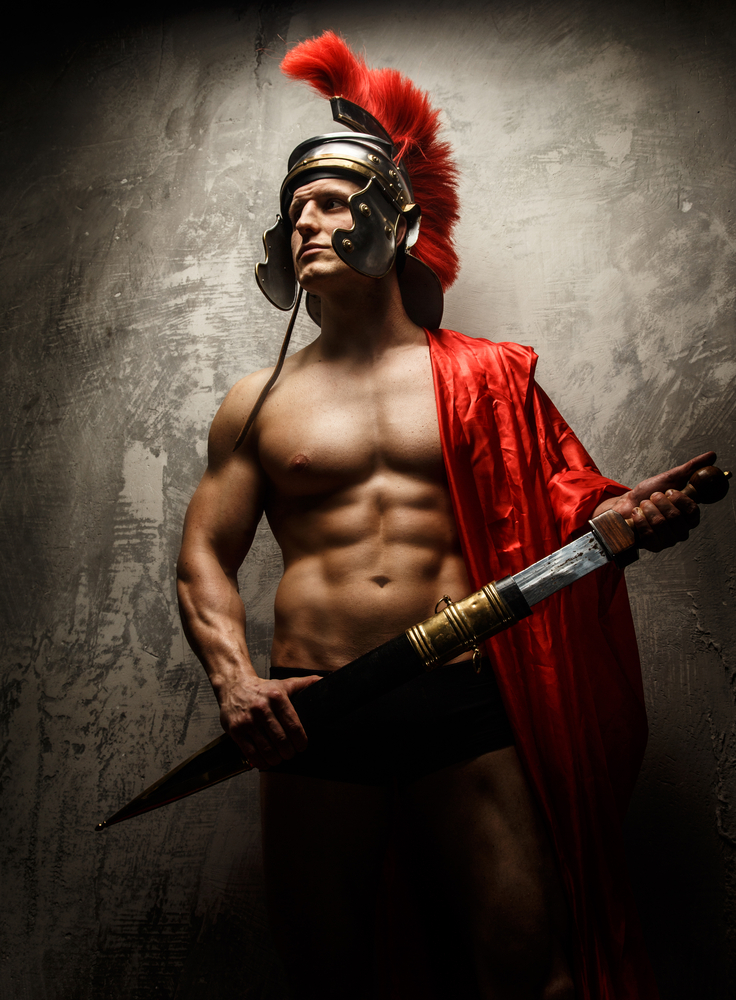Roman legionnaires were the quintessential fighting machines of their time, a perfect amalgam of courage, discipline, and athletic ability. Consider marching over 20 miles a day with heavy armor, swimming across rivers, constructing bridges and roads, and waging war. In other words, each legionnaire was an intrepid decathlete meets MacGyver, which kind of explains Roman dominance. Still, the Empire’s success on the battlefields was not simply founded on elite soldiers but on sound tactics which optimized their effectiveness. For many years, the Roman army used the tried and trusted Greek phalanx formation, which was effective till enemies evolved into faster, more mobile units. The Romans duly adapted and organized their army into the following groups.
Velites: The Velites were the youngest and the most inexperienced soldiers, who were also the poorest to serve in the Roman army. Their name is derived from the light pilum or hasta velitaris which they carried. The Velites were used for initial skirmishes. Usually, their job was to throw their pilums at the enemy and retreat to the back to be replaced by the first line of heavy infantry – the Hastati.
Hastati: The Hastati, like the Velites, were made up of young individuals who just happened to be wealthier and could afford the classic Roman armor. They carried the traditional pilum and the short Roman sword, the gladius. The Hastati wore helmets adorned with plumes that reached a foot and a half in height, which made them look bigger and more intimidating. They were the first to meet the enemy in melee combat and if things didn’t go to plan, they fell back and let the crème de la crème of the infantry, the Principes, strut their stuff.
Principes: These soldiers were, age-wise and in physical terms, at the peak of their powers. They considered it their obligation to give victory to the Roman army. The Principes were wealthier than the Hastati and, at times, wore better armor. They would initially interchange with the Hastati, giving the latter much-needed breaks, before engaging in earnest battle. Most importantly, this group could fight.
Triarii: The oldest and the most experienced soldiers made up the Triarii. They wore armor similar to the Hastati and Principes but had a somewhat different role. They were the Roman army’s last resort and would only get involved if the heavy infantry met with resistance. The Triarii charged the enemy with phalanx style spears and this shocking attack usually allowed the Hastati and Principes time to regroup.
Cavalry: The primary function of the Roman cavalry was to ensure that the infantry was not outflanked. Also, they were in charge of hunting down enemies who fled from the battlefield. It is interesting to note that the Romans, for all their skills, were not the greatest on horseback and so the cavalry included a fair number of African and Gaul mercenaries.




